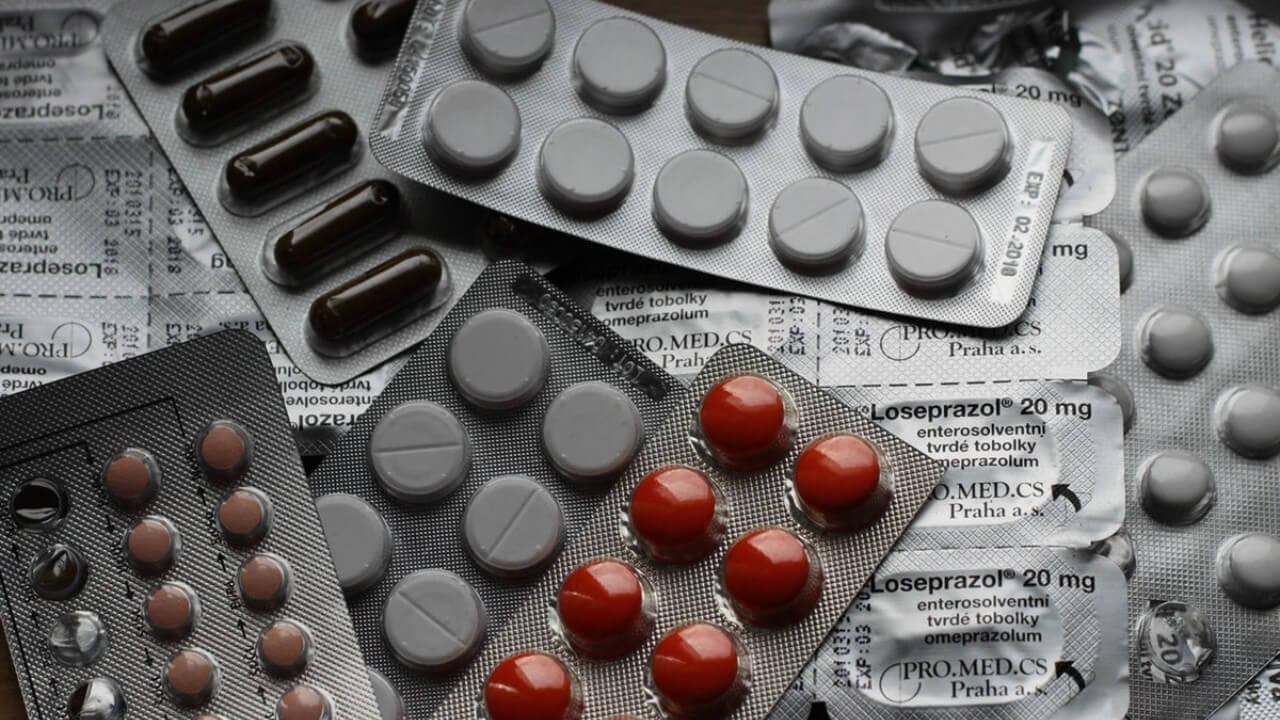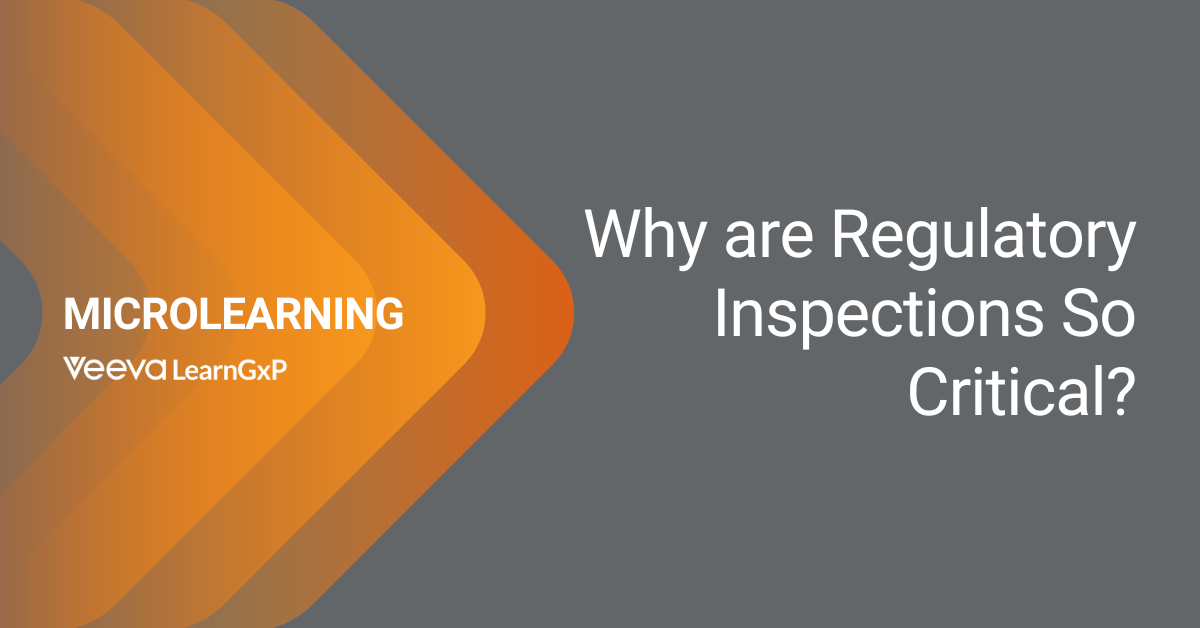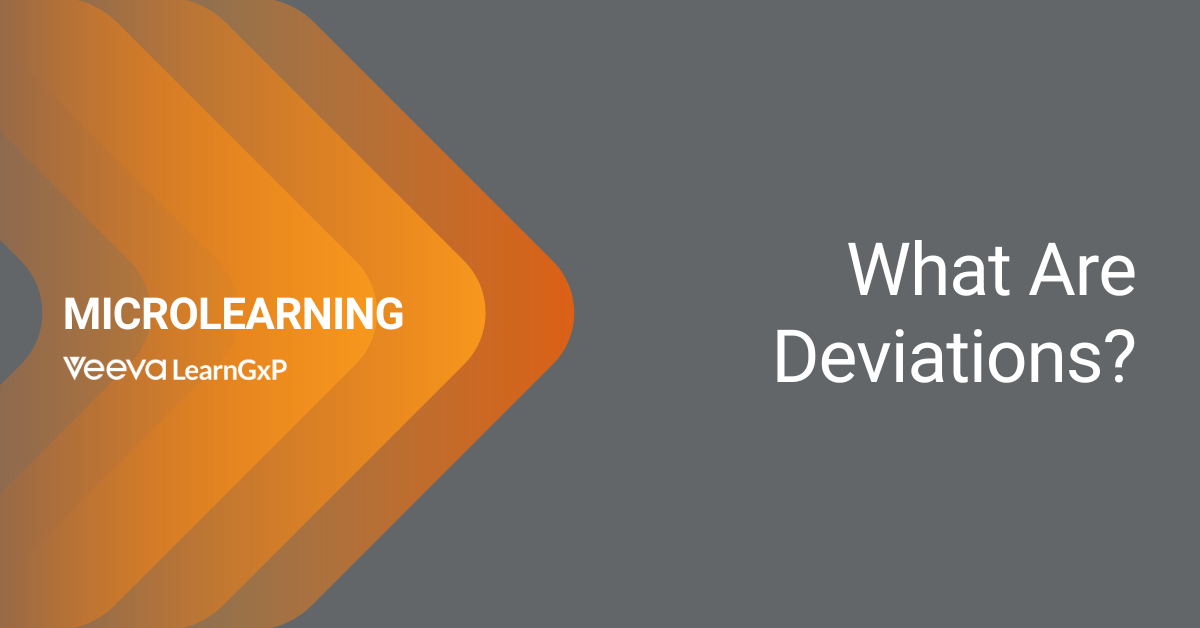Recently I made a career move from medical device and pharmaceutical back to biotechnology. Having been in medical devices for the past decade design control and product lifecycle management are familiar concepts and important documents and processes for any company but get more important the more technical the product and the more risk associated with the product, however these concepts do not appear to be well defined in the biotechnology and pharmaceutical product space.
Product Life Cycle (PLM)
For medical devices, I think it’s worthy of a detailed discussion on how the product lifecycle management (PLM) principles are applied to a cell-based or biotechnology product and why PLM is important. There are also some inconsistencies and definitions within the ICH and other guidance’s that should be addressed and discussed.
The following is my version of PLM with some rationale.
One of the first questions that arises, is “where does it say we need to do this in the regulations”? The short answer is it doesn’t… yet. However it is implied in several locations and even a brief attempt to define it is in ICH Q10.
The ICH’s
For example, ICH Q7 is about Good Manufacturing Practices, ICH Q8 is about Pharmaceutical Development, ICH Q9 is about Quality Risk Management, ICH Q10 about the pharmaceutical quality systems, ICH Q11 is about the Development and Manufacture of Pharmaceutical Drug Substances, and ICH Q12, while not yet published is titled “Lifecycle Management”.
All of these ICH standards refer to the product lifecycle and even the FDA Guidance on Pharmaceutical Process Validation refers to the principles of validation over the lifecycle of the product. The PLM process is important because it defines how all these systems are interrelated and defines key product stages, documentation and required outputs that are produced by each stage.
This ensures a couple of things, 1) that a good plan for the PLM is in place, 2) that there is a good documentation trail on how the product was realized (designed), and 3) clear communication and agreement to each aspect of the product as it is realized/designed.
It is unfortunate the ICH waited until Q12 to get to a PLM process, as it might have been better to start with PLM and then provide the details of the different elements in subsequent standards. In any case, let’s look at what a PLM system might look like as a prediction of what ICH Q12 will eventually look like and be ahead of the game.
Design Vs Development
Any product has a product lifecycle to it. The lifecycle can be viewed in a linear fashion or in a cyclic fashion as the name implies. Figure 1 below depicts the standard stages of a products lifecycle, and any product can be viewed this way regardless of the product. We use the term “stage” to differentiate it from clinical phases. One source of confusion is the terminology “design” vs. “development”.
Quality by Design (QbD)
If we talk about Quality by Design, or QbD, we are talking about the entire product lifecycle, although it should be noted that the ICH standards don’t use the term in this manner they should have. The design of the product occurs over the entire lifecycle of the product or until the product is obsoleted. This is opposed to product development which is a specific stage of the PLM.
Even during the commercialization stage we are gaining product knowledge in the form of complaints, on-going product monitoring and new technologies which may arise and will lead to both major and minor changes in the product and add to the general design knowledge of the product and improvements. We also break down the product lifecycle into additional stages beyond what the ICH does and remove an important factor which is Technology Transfer because this isn’t actually a stage as the ICH has it, but rather a process that occurs.
In the following paragraphs we will break down each stage with important elements of each and in this particular case we will refer to a cell-based technology as we think about the PLM. These details would simply be altered depending on the specifics of the product.

Feasibility
The first stage of product design is the feasibility stage. Feasibility provides the basic proof of concept. This stage may be poorly documented, and often exists in notebooks and reports. It may include animal studies or bench testing and general product characterization. The outputs of this stage should be summarized into a feasibility report. This report would list what is known about the product and its’ functionality and what data exists to support the basic feasibility of the product including references to known publications.
It also defines the initial products requirements and why they are important. Using our cell-based product as an example, it likely defines required cell numbers and viability as well as the presence or absence of certain proteins and cell markers. In addition it may define sterility requirements, mycoplasma, endotoxin, and viral specifications which may be known.
Another output from this stage should be a marketing report. The marketing report should evaluate the market landscape for this particular product. The marketing report should include existing treatments, including costs, benefits, side effects, market size for potential treatment areas (a product may have several potential uses, for example, a breast cancer product may also be used to treat prostate cancer) by both number of patients, costs of treatments, costs of the disease, and broken down by geography. The marketing reports should also evaluate potential changes to the market, such as emerging technologies and other areas which could impact the target market.
The final summary of the marketing report would recommend which market is being targeted and why and also potentially define important product requirements based on the needs to ensure a successful product. The marketing report should be independent from the feasibility.
Planning
Dwight Eisenhower said, “Plans are nothing, planning is everything”. What he meant by that is that the plan in of itself is not important because even the best plans will change as we gain additional knowledge, but the act of planning is critical for success. The plan WILL change, but documenting the plan provides evidence of the planning that took place. This is applicable to product design as well. A plan should include a detailed look at the various remaining PLM stages and what outputs will be required at each stage and details of how each task will be accomplished. Most critical is a laid out plan for the development stage, but the plan should also include information for each product stage, and should include factors such as scale, regulatory pathways for different geographies, cleaning validations for both production and commercial scale, how process validation will be performed, packaging requirements, which factors need to be considered for product obsolescence (compassion uses, retention of reference and/or retain samples, ongoing stability, retention of documentation etc.), analytical methods, facility requirements, etc..
Putting the plan in the document system as a controlled document is also important as it establishes evidence of the planning activity. The revision history will track changes and updates to the plan which should be reviewed at each stage end review.
Risk Planning
In addition to the product plan, a risk plan for the specific product should also be drafted, although it may be incorporated into the product plan. The risk plan should cover how the risks will be evaluated during each of the product stages. As an example for an aseptic, cell-based product, the risk plan might state that a preliminary hazard analysis (PHA) will be performed during the development stage evaluating all of the raw materials, which will take into account each materials contact with the finished product, the biological and chemical complexity of the material, the origin or source of the material (bovine, human, porcine, etc.) and the materials known or expected impact on the final products safety and efficacy.
This PHA will be used to identify critical materials, vs. non critical, vs. general materials and focus the development efforts on understanding of the critical materials and what the critical quality attributes (CQA’s) for each of these critical materials are and what failure mode each critical material has on the product. Once these are identified a dFMEA (Design Failure Modes and Effects Analysis) will be performed to determine a risk priority index and document mitigations for each component material. The dFMEA would then be part of the technology transfer (or tech transfer) to the production stage and will be updated and reviewed when changes to the product are being considered and as product knowledge is gained during production and commercialization stages.
Just as we did for the materials, we would do an analogous process for prioritizing the risks of the process and ultimately document this in a pFMEA (Process Failure Modes and Effects Analysis). These aren’t the actual risk activities, which will take place in the development stage, but rather a plan of how they will be managed and what documentation will be generated in order to document the plan was executed accordingly. The final output of the planning stage is minimally a product project plan which either plans out the risk activities, or is combined with a separate product risk plan. Once this is completed and approved in a document control system, there is a stage review signoff, documenting the planning stage has been completed, and the project is officially in the development stage. In this case the stage review could be foregone if the signoff and approval of the plan is used in lieu of a stage end review.
Coming in Part 2
In part 2 of this article I will discuss the following:
- Risk Planning
- Development
- Production
- Commercialization
- Obsoletion
- Technology Transfer
- Documentation





